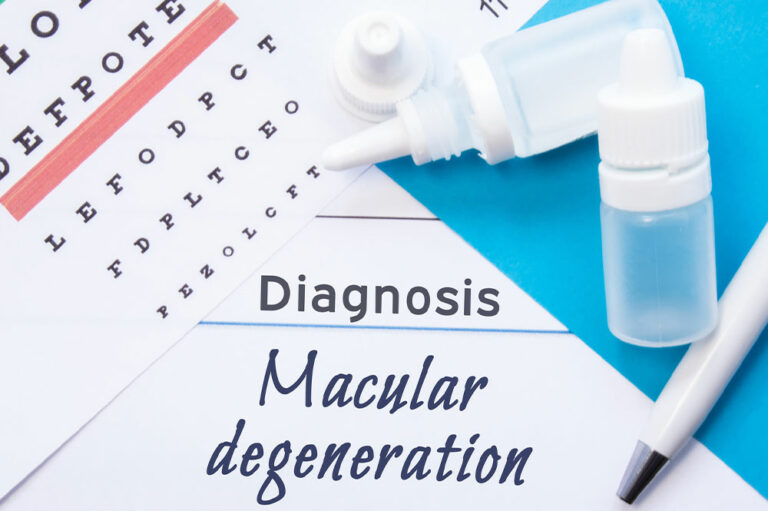
Bladder cancer – Top signs and symptoms
Bladder cancer is a relatively common but often treatable form of cancer. It typically begins in the lining of the bladder cells and can manifest with various signs and symptoms. Early detection is paramount for successful treatment and management of the condition. This is why understanding the signs and symptoms of bladder cancer is essential. Below are some of the common and rare symptoms of bladder cancer in adults and children. Common signs of bladder cancer in adults Hematuria (Blood in urine) The most common sign of bladder cancer is hematuria. It may present as pink, red, or even dark brown urine. Blood in the urine may be intermittent, and individuals may not always experience pain or discomfort. Frequent urination Bladder cancer can irritate the bladder lining, leading to increased frequency of urination. Patients may need to urinate more often than usual, even when the bladder is not full. Painful urination Some individuals with bladder cancer may experience pain or a burning sensation during urination. This discomfort can be similar to the symptoms of a urinary tract infection. Urgency to pee Bladder cancer can also cause a sense of urgency to urinate, where individuals must empty their bladder immediately, even if it’s not full.
Read More 











